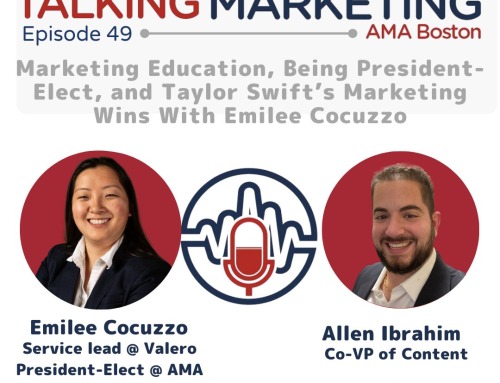Every marketing professional knows the importance of catering to their target audience. However, if your content isn’t accessible to everyone, you could be missing out on a large chunk of that audience, and even alienating people who might otherwise eventually become loyal customers.
Millions of people across the globe have some type of disability that makes it harder for them to navigate the web or consume content. They’re more likely to lean into websites, social media platforms, and businesses that cater to them and make their content more accessible from the start.
If you’re not sure how to make your content more inclusive, it’s easier than you might think. First, let’s cover some of the benefits of accessible content marketing, how you can test your accessibility efforts, and how you can eventually incorporate accessibility and inclusivity into your entire content marketing process.
The Benefits of Accessible Content Marketing
The last thing you want is a barrier between you and your target audience. You work hard to create content that’s appealing, captivating, and engaging, but if some people aren’t able to experience it fully, you’re missing out. Accessible content is essential and beneficial for everyone — including the perception of your brand. Some of the biggest benefits include:
-
It provides access to information for everyone
-
It expedites information delivery
-
It improves your brand’s public image
-
It lets your audience know you care about their experience and equality
Furthermore, prioritizing accessible content helps to ensure you’re following the Web Content Accessibility Guidelines (WCAG) put in place by the World Wide Web Consortium. You can consider these guidelines the “gold standard” in accessibility. Following them will keep you up-to-date with any web accessibility laws and policies, and help you set a standard for your business when it comes to inclusivity.
Finally, you’ll build better relationships with your audience. Today’s consumers crave relationships with the brands they trust. An important part of accessibility is being straightforward and using clear language. When you use words that are meant to confuse or make things less transparent than they need to be, you risk losing the trust and loyalty of your audience. That’s especially true if you’re making claims about your brand, product, services, or even making a sweeping scientific claim without backing it up appropriately. The more you use content that aims to obfuscate your audience, the less interested they’ll be in sticking around.
Understand Your Audience
Speaking of the right kind of content for your audience, don’t assume that all content is created equally. Understanding your audience and what they’re looking for will make it easier to create content that not only appeals to everyone, but is accessible to everyone. Accessible language is all about creating content that’s easy to read. That includes things like avoiding technical terms and keeping your language clear and concise.
You can simplify your existing content for your audience by:
-
Shortening paragraphs and sentences
-
Expanding acronyms
-
Using illustrations to make your content easier to understand
-
Formatting and structuring your text
Language accessibility is important for everyone. Even neurotypical, abled people tend to prefer content that’s easy to read and understand. However, it’s especially important for people who use screen readers or rely on audio to “read” and comprehend web content.
How to Improve Accessibility
In addition to improving the accessibility of your language, there are a few best practices that you can put into place immediately to bolster the accessibility and inclusivity of all your digital content. One of the best ways to consistently improve your accessibility efforts is through content testing. Find representatives from your audience and ask for their feedback. Collect data from different types of people, and don’t be afraid to ask how your content could be improved to better fit their needs. Every time you choose to audit your content, you should be testing for accessibility, readability, usability, and searchability. Because content needs to change and be updated on a regular basis, make sure you’re also consistently improving your accessibility efforts by testing everything you publish.
Not All Content is Equal
Having a basic understanding of your audience and the accessibility guidelines will make it easier to create inclusive content on every platform. However, while the principles remain the same, the execution doesn’t. For example, you’re not going to take the exact same approach with web content as you would with a video. You have to make additional considerations for each type of content you’re producing, especially when it comes to various forms of media. Video content can often be made more accessible by:
-
Adding captions
-
Including audio transcripts
-
Avoiding flashing content or using a photo-sensitive epilepsy tool
When it comes to social media content, consider creating posts in multiple formats. Social media platforms have more accessibility features than ever, but most people have a “favorite” site or app, so it’s essential to make sure your content is inclusive and accessible on as many platforms as possible.
We can’t stress the importance of accessibility enough when it comes to content marketing. Content is king, and it’s every marketer’s bread and butter. Don’t miss out on including your entire audience with every piece of content you create. Keep these tips in mind as you move forward with your marketing strategies to ensure everyone is comfortable with the content they’re consuming.






